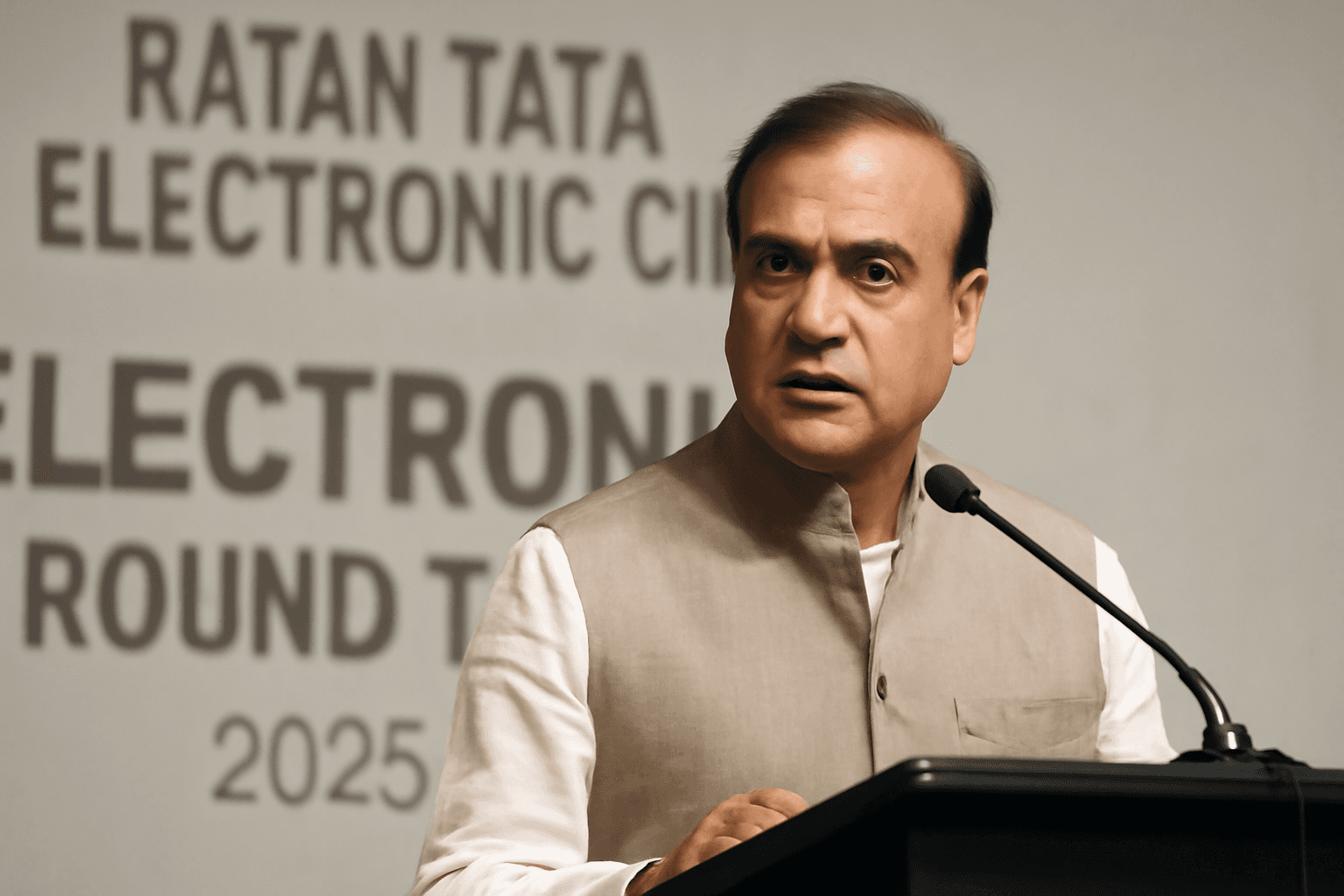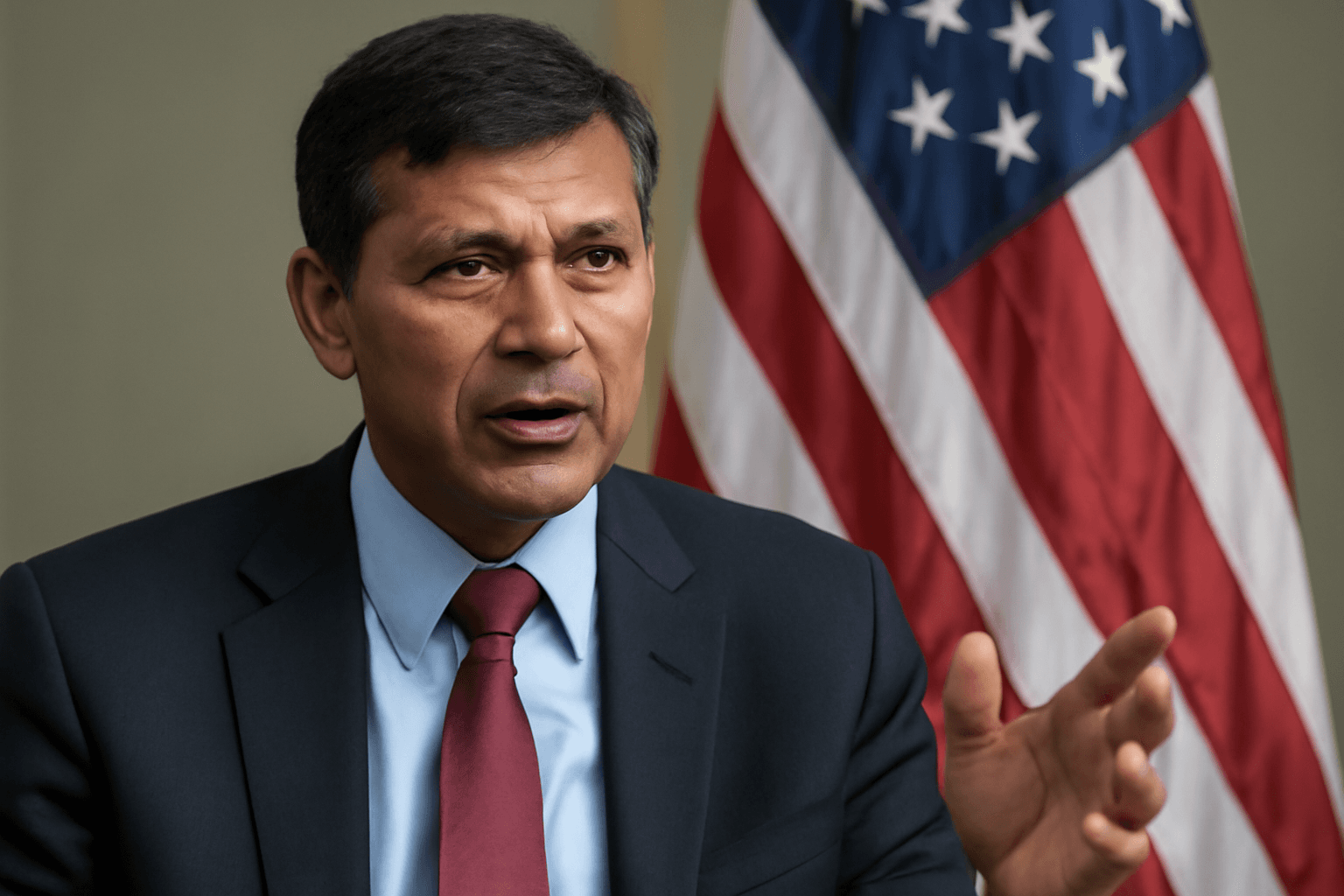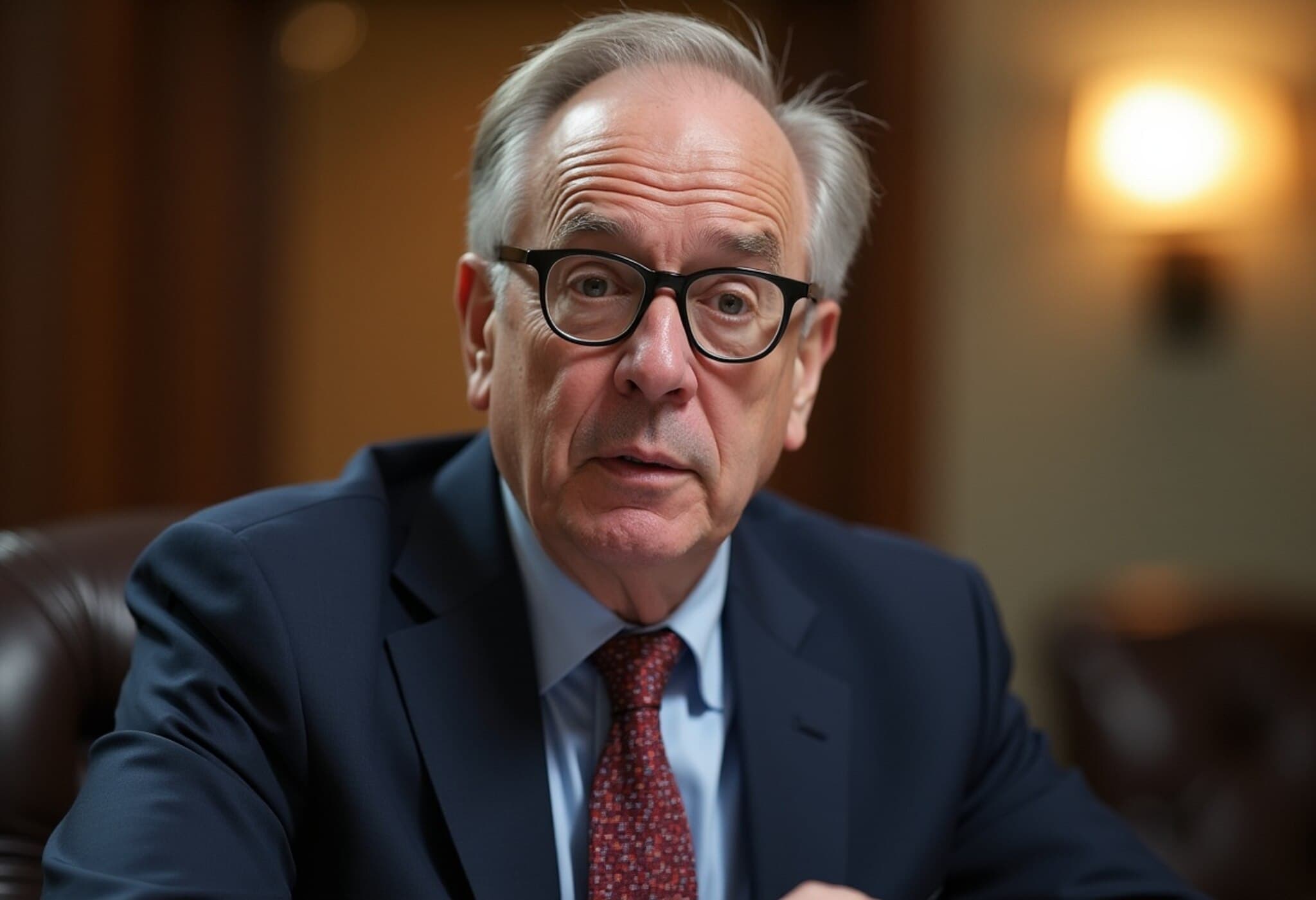BlackRock’s Rick Rieder Advocates for a Significant Fed Rate Cut Following Inflation Data
Rick Rieder, the chief investment officer for global fixed income at BlackRock, is reaffirming his stance that the Federal Reserve should deliver a bold half-point interest rate reduction in September. This comes on the heels of fresh inflation figures suggesting that price pressures are easing more than expected, potentially giving the Fed stronger justification for easing monetary policy.
Why a 50 Basis Point Rate Cut Could Be on the Table
In a note circulated to clients on August 12, 2025, Rieder remarked, "We expect the Fed to begin cutting rates in September, and it could be justified cutting the Funds rate by 50 basis points." He emphasizes that this move would help align the federal funds rate with longer-term inflation expectations and reflect productivity gains across various industries. To clarify, 50 basis points equals a 0.5% reduction in interest rates, a significant adjustment in the Fed’s monetary policy arsenal.
This proposal echoes the Fed’s own historical pattern — notably mirroring the sizeable half-point cut they executed in September 2024 when initiating their last easing cycle amid persistent economic uncertainties.
Context: Recent Inflation Data and Labor Market Trends
Rieder’s comments arrived shortly after the Bureau of Labor Statistics reported that the Consumer Price Index (CPI) rose by 0.2% month-over-month on a seasonally adjusted basis, with a 12-month increase of 2.7%. This year-over-year inflation growth was actually softer than the Dow Jones consensus forecast of 2.8%, signaling a modest cooling of inflationary pressures.
Critically, the core CPI — which excludes the often-volatile food and energy sectors — saw a 0.3% rise in July and a 3.1% increase over the past year. While the monthly core inflation figure represents the largest gain since January, the annual core inflation marked the highest since February. This nuanced data suggests a mixed but generally moderating inflation landscape.
Furthermore, the backdrop of a slowing labor market, highlighted by July’s jobs report indicating a pronounced deceleration in employment gains, bolsters the case for a rate cut. Rieder notes that while July’s inflation reading was slightly stronger than recent months, it was “lower than many have feared”, providing the Fed with room to recalibrate its policy stance without stoking fresh inflationary fears.
Implications for Markets and the Economy
BlackRock, as a behemoth asset manager overseeing nearly $3.1 trillion in fixed income investments, is closely watched for its market outlooks. Rieder’s call for a half-point cut signals confidence in a soft landing strategy — balancing the need to spur economic growth without unleashing runaway inflation.
For investors and policymakers alike, this juncture raises pressing questions:
- Can the Fed successfully support slowing economic momentum while keeping inflation expectations anchored?
- How might a quicker-than-anticipated easing cycle affect bond yields and equity markets?
- What risks remain in the labor market that could complicate the Fed’s next moves?
Ultimately, Rieder’s perspective highlights the increasingly complex dynamics shaping monetary policy as the Fed navigates between combating inflation and fostering sustained economic growth.
Expert Insight: Navigating the Fed’s Next Chapter
From a policy analysis standpoint, the inflation data underscores the delicate balancing act faced by the Fed. With inflation still above the Fed’s 2% target but showing signs of moderation, some experts argue that a 50 basis point cut may be necessary to prevent a recessionary spiral, especially given the latest labor market softness. However, others caution that premature easing risks derailing recent gains in price stability.
Adding to this debate is the impact of productivity enhancements across multiple U.S. industries, as highlighted by Rieder. These efficiency gains could reduce underlying inflation pressures, giving the Fed more latitude to ease. For U.S. households and businesses, this translates into potentially lower borrowing costs and a softer economic landing, albeit with ongoing vigilance required for inflationary surprises.
Editor’s Note
BlackRock’s Rick Rieder’s call for a half-point rate cut from the Fed in September invites a critical examination of the evolving economic landscape. With inflation easing modestly and a cooling job market, the Fed stands at a crossroads where decisive action could steer the U.S. economy towards stability or unintended volatility. Readers should watch how forthcoming economic indicators shape this high-stakes policy decision and consider the broader implications for inflation, employment, and financial markets.



















